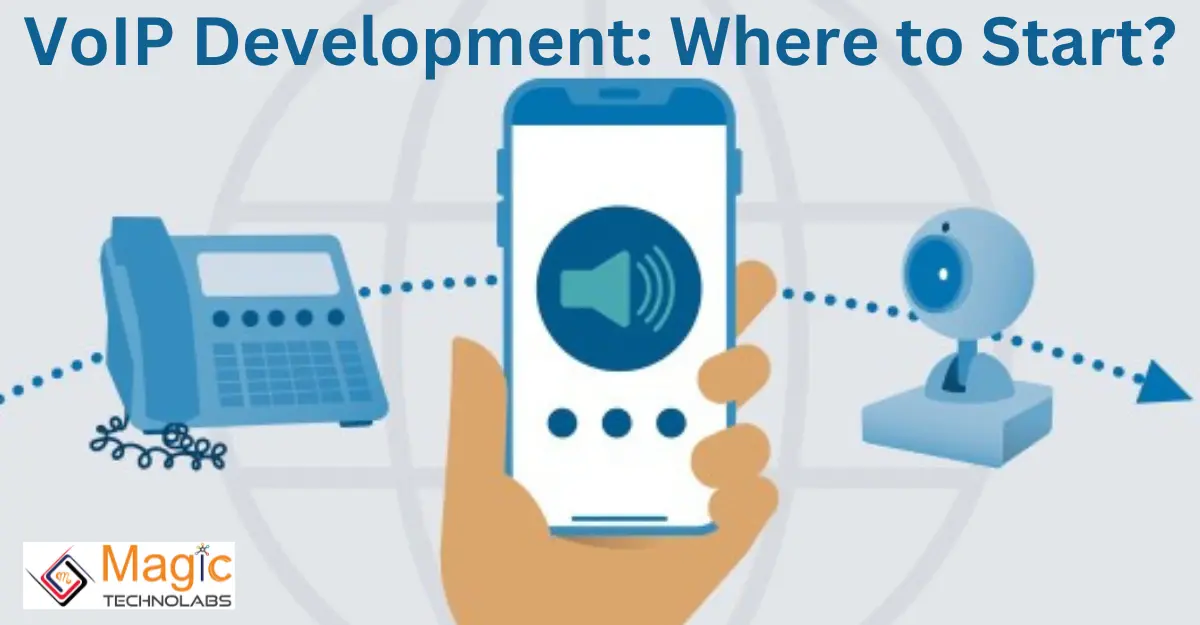VoIP (Voice over Internet Protocol) development is a dynamic and evolving field, offering exciting opportunities for developers to create innovative communication solutions. If you're looking to embark on a VoIP development journey but unsure where to start, here's a guide to help you get started.
Understand the Basics: Begin by familiarizing yourself with the basics of VoIP technology. Learn about the fundamentals of packet-switched networks, SIP (Session Initiation Protocol), codecs, and RTP (Real-time Transport Protocol). Understanding these foundational concepts will provide you with a solid framework for VoIP development.
Choose Your Development Platform: Decide on the development platform or programming language you'll use for VoIP development. Popular options include Python, Java, C#, and JavaScript. Choose a platform that aligns with your skills and project requirements.
Explore VoIP Libraries and Frameworks: Leverage existing VoIP libraries and frameworks to expedite your development process. Frameworks like Asterisk, FreeSWITCH, and Twilio provide robust APIs and libraries for building VoIP applications.
Set Up a Development Environment: Create a development environment with the necessary tools and software. Install a VoIP server, such as Asterisk or FreeSWITCH, on your local machine or set up a virtual environment for testing and development.
Learn SIP Protocol: SIP (Session Initiation Protocol) is the standard protocol used for initiating, maintaining, and terminating VoIP sessions. Familiarize yourself with SIP protocol basics, including message formats, methods, and headers.
Experiment with VoIP APIs: Explore VoIP APIs provided by service providers like Twilio, Nexmo, and Plivo. These APIs offer features such as voice calling, SMS messaging, and video conferencing, allowing you to build custom VoIP applications with ease.
Join VoIP Communities: Join online communities and forums dedicated to VoIP development, such as VoIP-Forum and VoIP-Info. Engage with fellow developers, ask questions, and share insights to accelerate your learning journey.
Build Simple VoIP Applications: Start by building simple VoIP applications to gain hands-on experience. Create a basic softphone application or a simple IVR (Interactive Voice Response) system to familiarize yourself with VoIP concepts and technologies.
Stay Updated: VoIP technology is constantly evolving, with new features and advancements being introduced regularly. Stay updated on the latest trends, technologies, and best practices in VoIP development to remain competitive in the field.
Practice and Experiment: Practice regularly and experiment with different VoIP development techniques and technologies. Build projects, explore new ideas, and challenge yourself to continuously improve your VoIP development skills.
By following these steps and leveraging the wealth of resources available, you can kickstart your VoIP development journey with confidence and build innovative communication solutions that meet the needs of today's digital world.
















